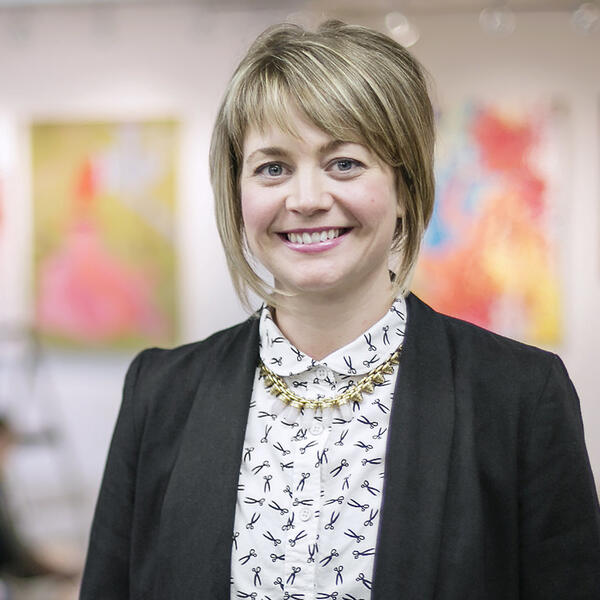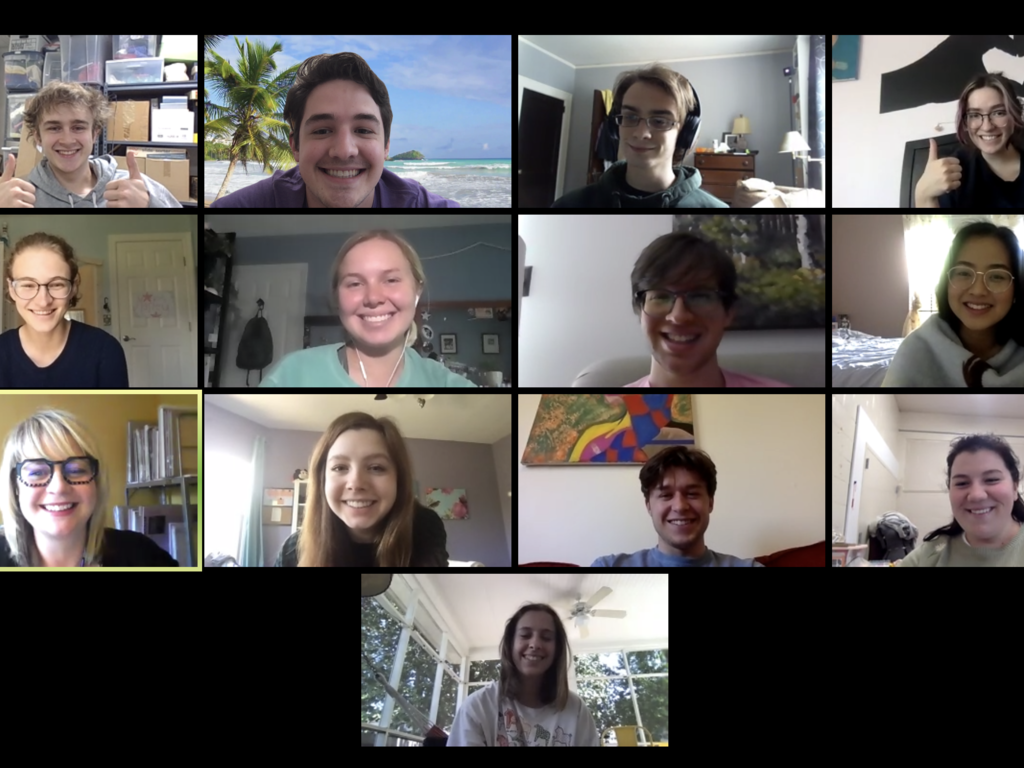Why is it important to make art right now? Why is it important to look at art right now? Why does art matter in our current environment? These are questions I posed in my studio art classes on the first day of remote learning.
Through video conferencing, we were able to see each other’s smiles, to reconnect and to resume conversations about why art and making art matter. We all agreed that art making is an essential human activity—that it helps to inform, shape, and define who we are. Who hasn’t found themselves over the past few weeks, since “social distancing” has become part of the common lexicon, seeking out visual art, literature, music, or film—either as a means of temporary escape or to reconnect with what it means to be us?
My brilliant students added to the list of reasons, in part, as follows:
- Art making is a rigorous meditative practice, using parts of the brain not always activated fully and therefore both a challenge and a stress release.
- Art making traverses our current moment, putting us in dialogue with the history of what has been created before us as well as with the future viewer who receives the work. It is a way of thinking about what is larger than right now.
- The world could always use more beauty, more questions, more challenges and more unique voices. Art delivers all of this.
- Art as a reflection of our time, especially during historic moments such as this, is a vital aspect of processing, recording, and learning from our own history.
Like students in all classes at Rhodes, those in studio art become members of a community – a microcosm of the world at large, a place to connect with others deeply, and to receive personalized feedback from an invested audience. This hasn’t changed. Neither has our practice of critiquing artwork. Using ZOOM, my classes are having group critiques. I think we all look forward to these critiques because our class has invested in the development of each other. Like reading a novel in which you have attachment to the protagonist, we all want to see how each person’s studio journey turns out, including our own!
Sure, a remote painting class is odd and there are elements of a studio experience that we cannot recreate. But that doesn’t supersede the essence of what we do in the art studios at Rhodes College. After all, artists are well suited to solving problems and “making do.” I choose to see some benefits to this situation. For example, all of my students are learning to document their own work, both finished and in progress. We are questioning our use of certain materials and finding reasons to use what is at hand. In my Advanced Painting class, students are exploring what is essential about painting, besides paint. Using non-traditional materials including domestic objects, natural materials, re-claimed fabrics, or recycling, they are exploring aspects of color, value, mark-making, surface, transparency, viscosity while questioning two-dimensionality, format, and scale.
This questioning, seeking, producing, and evaluating is what one can expect from any class at Rhodes. And while I’m sure we all look forward to this experience being behind us so that we can physically share the art studios again, I find our intellectual connection as a class—even in its remote state—to be just as deep.

Erin Harmon is an Associate Professor of Art and Art History at Rhodes. She has exhibited her work nationally in both group and solo exhibitions at venues including Field Projects, NY; Sarah Doyle Gallery, Providence RI; Atlanta Artists Center & Gallery, Atlanta GA; the Brooks Museum of Art, Memphis, TN; and the Attleboro Arts Museum, Attleboro, MA; and LAUNCH Gallery, LA.
